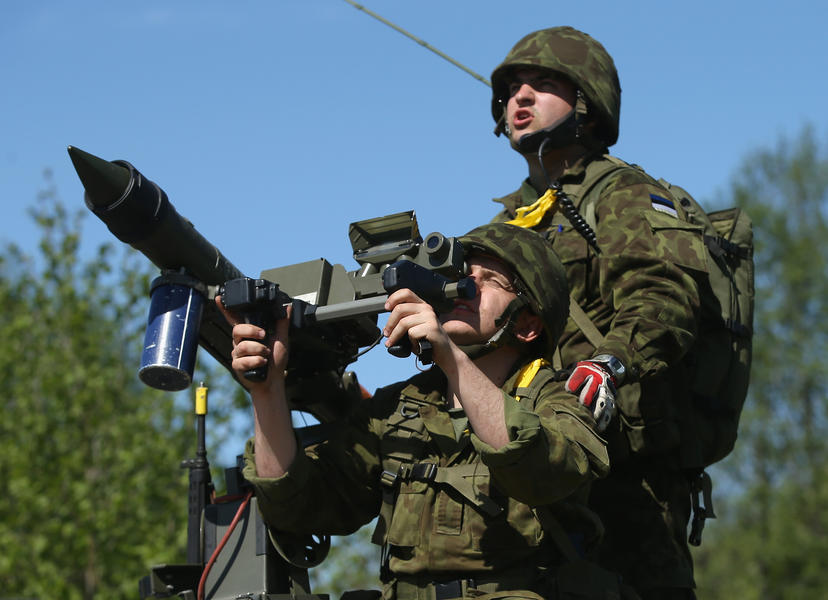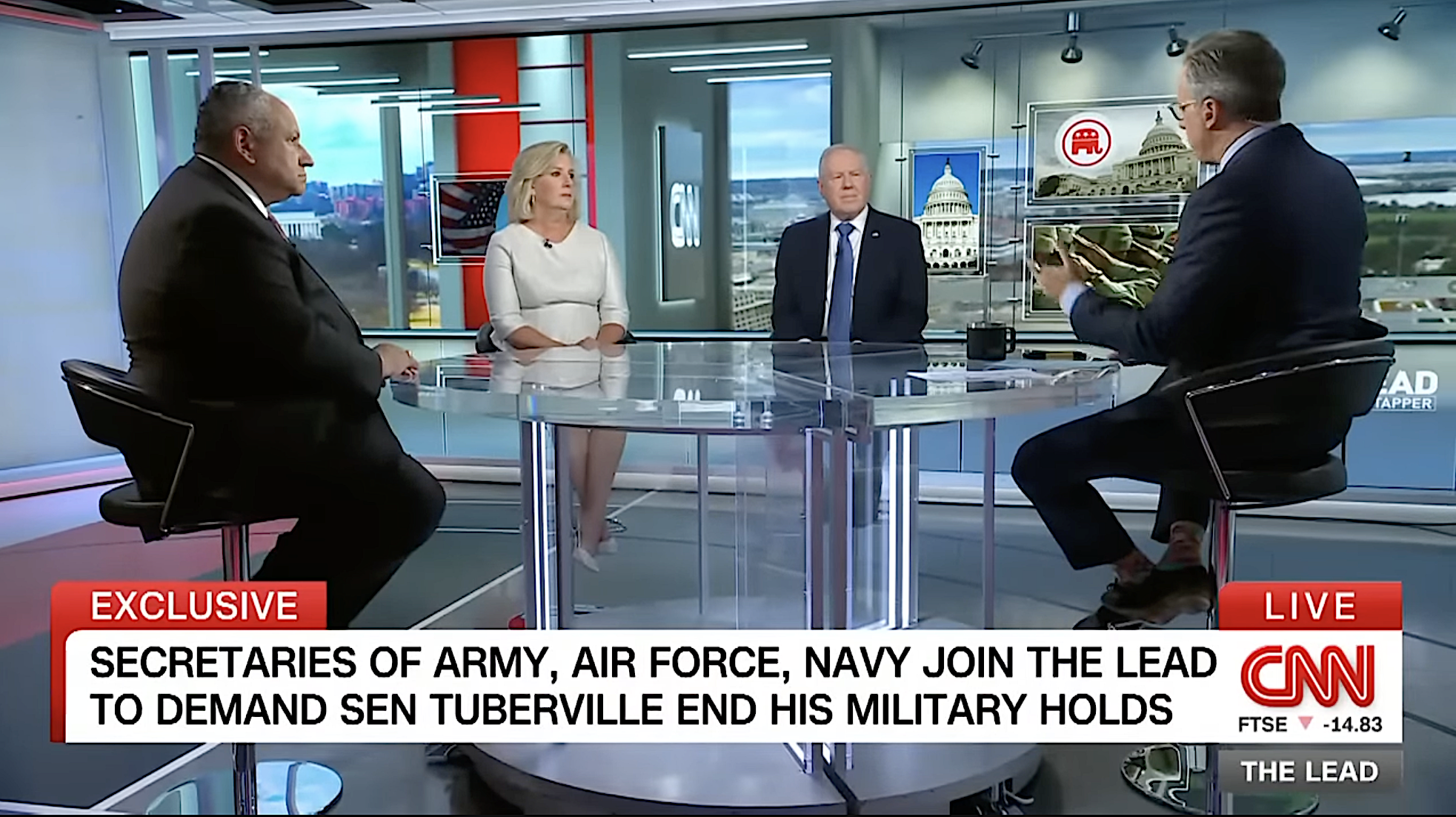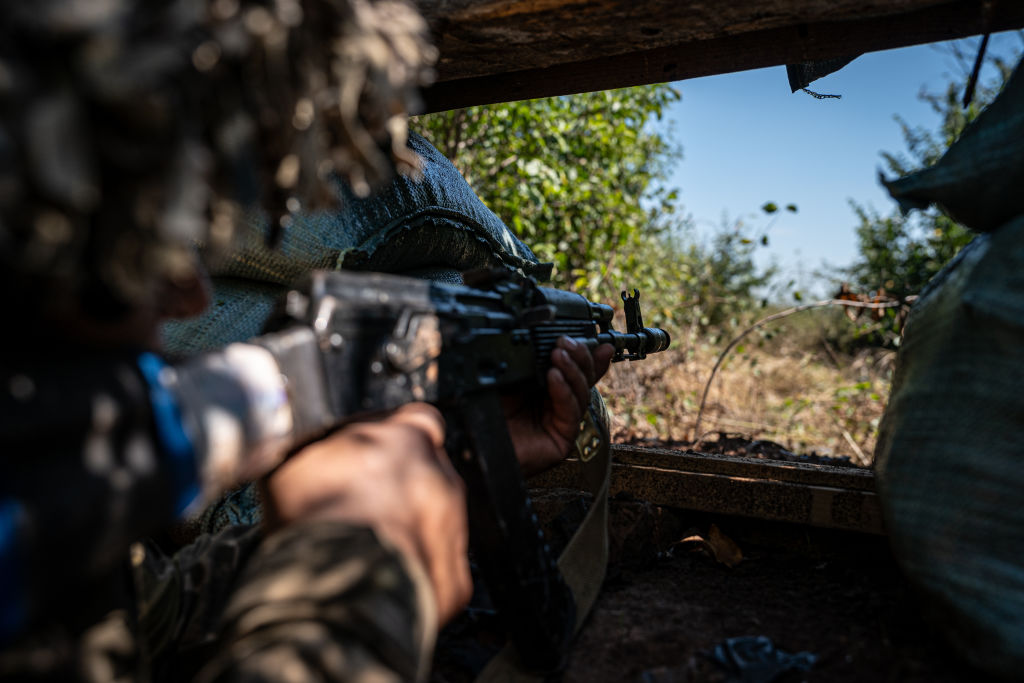To contain Russia, NATO may set up a rapid-response 'spearhead' force in Eastern Europe


At a high-level summit in Wales this week, NATO's 28 member nations will consider a proposal to create a rapid-response "spearhead" group of 4,000 troops in Eastern Europe, primarily to guard against Russian aggression. The force would be designed to deploy within 48 hours, "so that we are ready should something nasty happen," a senior NATO official tells Britain's The Guardian. Article 5 of NATO's charter pledges mutual defense of member states.
So as not to violate a 1997 agreement with Russia, NATO won't have a substantial permanent force in Poland, the Baltic states, Romania, or other Eastern European nations. Instead, the plan is to stockpile munitions and supplies in those countries, and have a rotating contingent of troops that "can travel light but strike hard if needed," NATO Secretary General Anders Fogh Rasmussen said Monday.
NATO leaders, including President Obama, are meeting in Wales on Thursday and Friday to discuss the proposal and the situation in Ukraine, which is not a NATO member. The strike force wouldn't directly affect Russia's incursions into Ukraine, but Moscow's stealth invasion and annexation of Crimea prompted the proposal, NATO officials say.
The Week
Escape your echo chamber. Get the facts behind the news, plus analysis from multiple perspectives.

Sign up for The Week's Free Newsletters
From our morning news briefing to a weekly Good News Newsletter, get the best of The Week delivered directly to your inbox.
From our morning news briefing to a weekly Good News Newsletter, get the best of The Week delivered directly to your inbox.
Russian tanks continue to enter Ukraine and engage Ukrainian forces, insist officials in Kiev. Ukraine's defense minister, Valeriy Heletey, said Monday that thanks to Russian President Vladimir Putin, "a great war has arrived at our doorstep, the likes of which Europe has not seen since World War II."
Russia's Cold War standoff with the West is of course what prompted NATO's creation in the first place. "The really ironic aspect here is that a re-energized, restrengthened NATO is Vladimir Putin's worst nightmare, and yet it's his tactical actions that have done just that," said former NATO commander James G. Stavridis.
A free daily email with the biggest news stories of the day – and the best features from TheWeek.com
Peter has worked as a news and culture writer and editor at The Week since the site's launch in 2008. He covers politics, world affairs, religion and cultural currents. His journalism career began as a copy editor at a financial newswire and has included editorial positions at The New York Times Magazine, Facts on File, and Oregon State University.
-
 Political cartoons for January 18
Political cartoons for January 18Cartoons Sunday’s political cartoons include cost of living, endless supply of greed, and more
-
 Exploring ancient forests on three continents
Exploring ancient forests on three continentsThe Week Recommends Reconnecting with historic nature across the world
-
 How oil tankers have been weaponised
How oil tankers have been weaponisedThe Explainer The seizure of a Russian tanker in the Atlantic last week has drawn attention to the country’s clandestine shipping network
-
 British warship repels 'largest Houthi attack to date' in the Red Sea
British warship repels 'largest Houthi attack to date' in the Red SeaSpeed read Western allies warn of military response to Iranian-backed Yemeni rebels if attacks on ships continue
-
 Houthi rebels claim Red Sea ship attacks
Houthi rebels claim Red Sea ship attacksspeed read Iran-backed Yemeni group vows to escalate aggression towards Israel-linked vessels in revenge for Gaza war
-
 Israel plans next phase of Gaza war as first hostages released
Israel plans next phase of Gaza war as first hostages releasedSpeed read After four-day ceasefire 'we will not stop' until destruction of Hamas, says Israel
-
 Mob storms Russian airport 'looking for Jews'
Mob storms Russian airport 'looking for Jews'Speed Read Plane from Israel surrounded by rioters chanting antisemitic slogans after landing in Russia's Dagestan region
-
 Tuberville's military promotions block is upending lives, combat readiness, 3 military branch chiefs say
Tuberville's military promotions block is upending lives, combat readiness, 3 military branch chiefs saySpeed Read
-
 Ukraine's counteroffensive is making incremental gains. Does it matter in the broader war?
Ukraine's counteroffensive is making incremental gains. Does it matter in the broader war?Speed Read
-
 US commissions first-ever Navy ship in a foreign port
US commissions first-ever Navy ship in a foreign portSpeed Read
-
 British spy chief, Wagner video suggest Prigozhin is alive and freely 'floating around'
British spy chief, Wagner video suggest Prigozhin is alive and freely 'floating around'Speed Read
